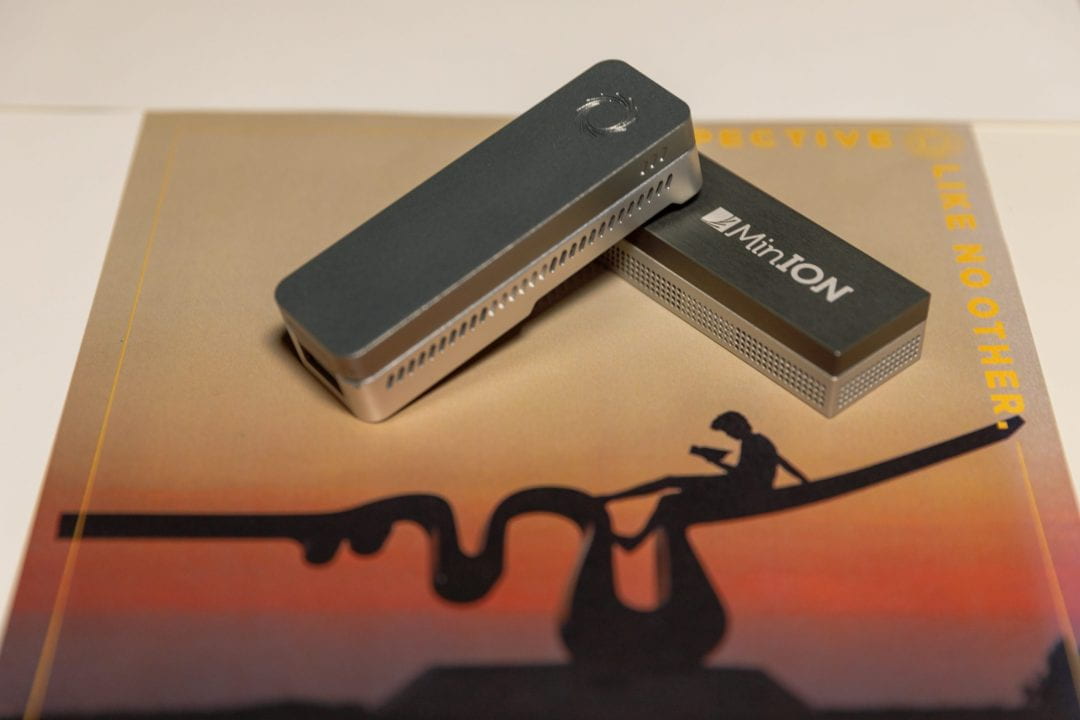James McGirk | UCSC | November 18, 2019
Oxford Nanopore Technologies’s palm-sized DNA and RNA sequencer, the MinION, has been used in Africa during the Ebola epidemic, orbited above planet earth in the International Space Station, and can be found analyzing samples in laboratories all over the world.
The nanopore device allows scientists to rapidly determine the precise chemical composition of a single molecule of DNA or RNA—the molecules encoding all life on earth—by reading its sequence, or its unique series of base pairs. The technology behind the MinION, called “nanopore sequencing,” was developed at UC Santa Cruz in the 1990s. The original idea was invented by David Deamer, research professor in the Baskin School of Engineering.
It is particularly useful for looking at the structure of RNA — DNA’s “messenger molecule”— which delivers coded instructions from the DNA molecule to the protein-creating ribosomes.
[ Read more… ]
